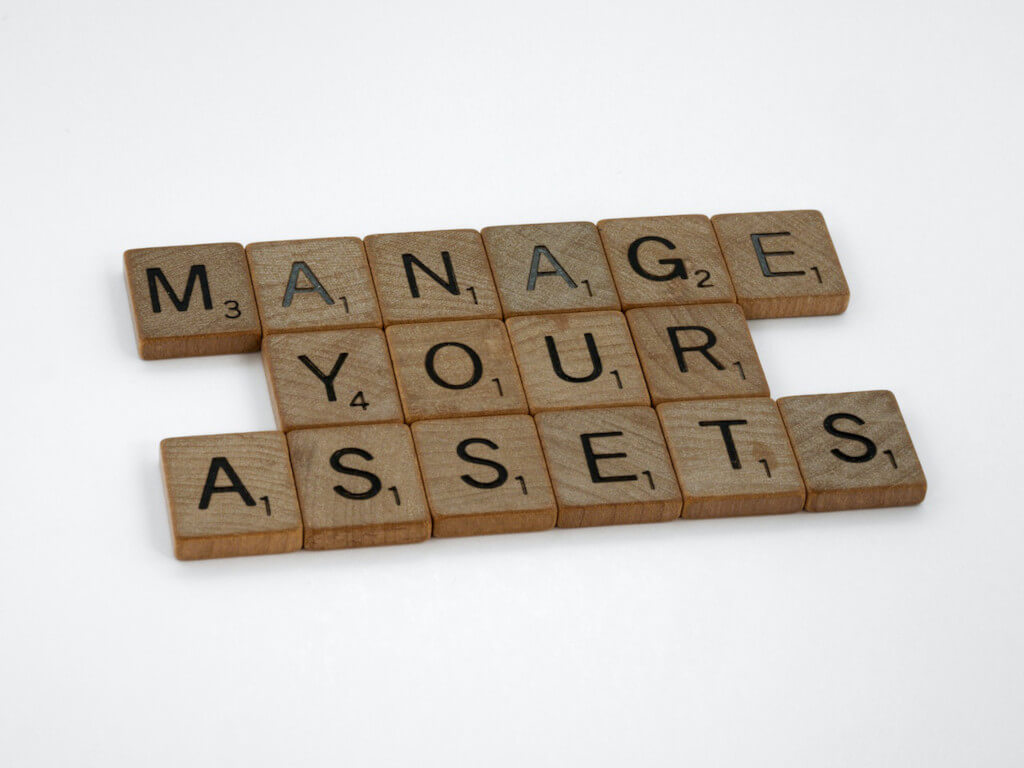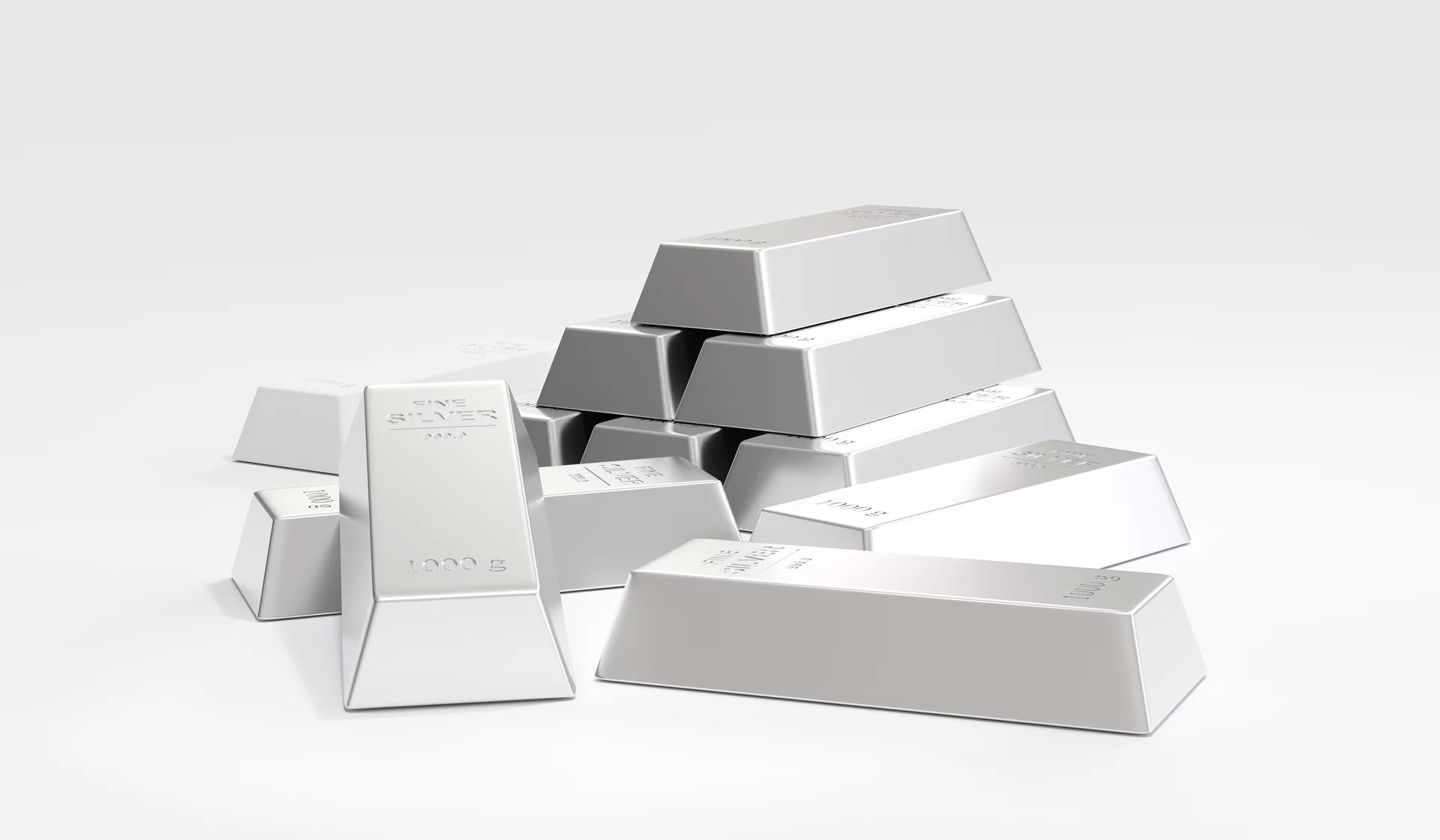In the context of the financial records of your company, the equipment can function in either an asset or a liability capacity. Educate yourself on the correct way to categorize it on your financial statements. Your expanding company may view the required equipment to run the business as both an asset and a liability as the company continues to expand.
On the company’s balance sheet, the accounting staff should classify the company’s equipment as a noncurrent investment, which is an asset that only increases in value after a certain amount of time has passed. The categories of tangible assets, intangible assets, and natural resources make up the three primary subcategories of noncurrent assets. This article is for proprietors of businesses who are interested in buying or selling machinery and want to accurately categorize it for accounting.
The hardware that helps your business make more money by streamlining the process of selling its products or services may be taken for granted while the company focuses on making money by selling its products or services. However, equipment is not simply a permanent fixture within the walls of your company.
Equipment is a long-term investment that can offer value both now and in the future, making it a good investment option whether you are starting a new business or growing your existing one. How does one account for different types of equipment? Is it better to view equipment as a liability or an asset for instance? We will assist you in distinguishing between the two, as well as answer any general questions you may have.
Is It Better to Think of Equipment as an Asset or a Liability?
The equipment that a company owns can function in either the capacity of an asset or a liability. For instance, if you take out financing for your machinery, that constitutes a liability for your business. Equipment is an asset that can assist you in increasing your sales. Equipment, on the other hand, is not considered a current asset but rather a noncurrent asset.
What Kind of Asset is Considered to Be a Fixed Asset?
The term “fixed asset” refers to an asset that does not generate current revenue. Your company will have made what is known as a noncurrent asset if it has made a long-term asset that either has a low probability of turning into cash within one accounting year or is difficult to convert into cash. In general, the terms property, plant, and equipment are included in the category of fixed assets (PP&E). Even though noncurrent assets can hurt cash flow, having them can show shareholders that you are serious about expanding your business and gaining the trust of your customers and potential clients as you measure your line of products.
What Kinds of Equipment Are Included in the Category of Assets?
An asset might be something like the machinery or tools that are necessary for your line of work or company. The following are some examples of common pieces of equipment:
- Duplicating machines
- Postage meters
- Computer systems
- Devices such as phones and fax machines
- The machinery of the production line
- Combines and tractors used on farms
- machining for chopping down logs
- Wrecking balls
- Pneumatic drills
- Forklifts
- Robotic systems
- Medical monitoring equipment
How to Get the Most Out of the Equipment You Have
It is crucial to properly manage your equipment because it is an asset with a long-term perspective that contributes to sustainability. Make sure you only use the gear for the jobs it was designed to complete. It will be much simpler for you to devote the necessary time and resources to the equipment’s required upkeep and improvements if you begin to view it more as an investment rather than a simple instrument.
The effectiveness of your machinery and the length of its expected lifespan can both be improved through the use of routine audits and inspections. You can avoid prolonged shutdowns that hurt your profits if you have an accurate management system in place for your long-term assets. In addition, you can preserve its value if you decide to sell it or upgrade it at a later time.
Current VS. Long-Term Assets
Your company may have assets that are both current and noncurrent at the same time. The rate at which you intend to put the resource to use is the primary factor that will dictate whether or not it is entered onto the balance sheet as a current asset or a noncurrent asset.
Available Resources
The sale of current assets is scheduled to take place within the coming year. Because of this, your company will make use of the assets it already possesses to settle expenses and finance day-to-day expenses. The following are some active assets:
- Inventory (finished goods)
- Receivables from accounts (electricity, cell phone)
- Cash (checking accounts)
- Expenditures paid in advance in a foreign currency
- Securities that can be traded
- Liquid funds
- Supplies (raw materials)
The following is the formula that is used to calculate current assets:
Current assets are calculated as follows: accounts receivable plus cash and cash equivalents plus inventory plus liquid assets plus marketable securities plus prepaid expenses.
Be sure not to confound noncurrent assets and noncurrent liabilities in your thinking. Noncurrent assets are things that are owned, but noncurrent liabilities are things that are owed in the form of long-term debt. Some examples of noncurrent liabilities include long-term leases and bond funds payable.
Non-Current Assets
It is necessary to wait for at least one business year for a noncurrent asset to begin to accrue value. As a consequence of this, businesses invest in noncurrent assets over several years to avoid suffering enormous losses during times of economic expansion. The following are some examples of typical noncurrent assets:
- Investing in the long term
- Vehicles
- Patent applications and trademarks are referred to as PP&E.
- Charity (intangible asset)
- A spreadsheet used for accounting will typically have separate columns for current and noncurrent assets. To begin, however, all of these assets and liabilities are summed up and compared to the equity and liability totals.
How Does One Go About Classifying Equipment on Financial Statements?
On your statement of financial position, the equipment will be categorized as a noncurrent asset. As a result, it is pointless for you to maintain a completely separate balance sheet that is dedicated solely to your equipment. Using the following formula, your company has the potential to increase its assets by borrowing funds from banks and investors:
Assets Equal Liabilities Plus the Equity Held by Shareholders
Recognizing the current financial state of your firm and involving investors to speed up the expansion of your business both require a thorough understanding of the balance sheet. The process of developing a precise balance sheet all by yourself can be quite overwhelming. If you are unable to employ an accountant full-time or on a contract basis, you need to do research on the most suitable accounting operating system for your company.





